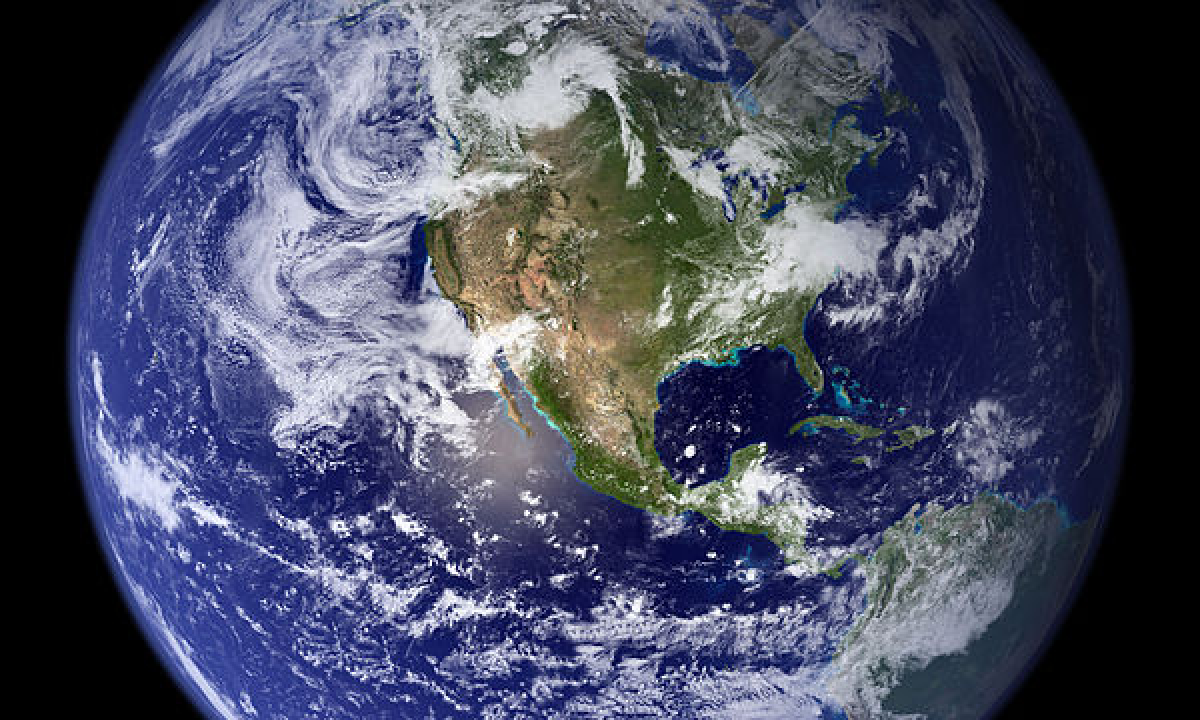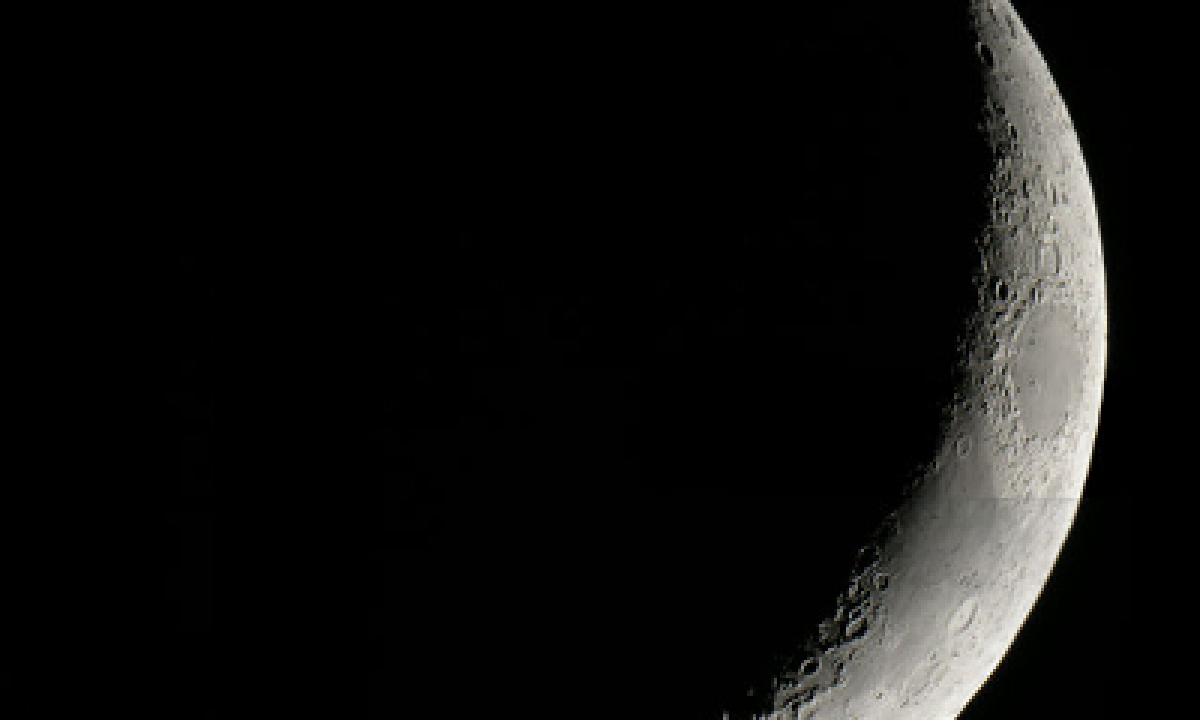The Earth’s annual orbit around the solar system will carry it to its
closest point to the Sun, at a distance of
0.9833 AU.
The Earth’s distance from the Sun varies by around 3% over the course of the
year because its orbit is slightly oval-shaped, following a path called an
ellipse. In practice, this variation is rather slight, however, because the
Earth’s orbit is very nearly circular.
The Earth completes one revolution around this oval-shaped orbit each year, and
so it makes its closest approach to the Sun on roughly the same day every year.
In 2024, this falls on 2 January.
Technically speaking, this marks the moment when the Sun appears larger in the
sky than at any other time of year, and when the Earth receives the most
radiation from it. In practice, however, a 3% difference in the Earth’s
distance from the Sun is barely noticeable.
Annual changes in our weather, for example between the summer and winter, are
caused entirely by the tilt of the Earth’s axis of rotation, rather than by any
change in its distance from the Sun.
The position of the Sun at the moment of perihelion will be:
| Object | Right Ascension | Declination | Constellation | Angular Size |
| Sun | 18h51m | 22°54’S | Sagittarius | 32’31” |
The coordinates above are given in J2000.0.
The sky on 2 Jan 2024
Source
The circumstances of this event were computed using the DE430 planetary ephemeris published by the Jet Propulsion Laboratory (JPL).
This event was automatically generated by searching the ephemeris for planetary alignments which are of interest to amateur astronomers, and the text above was generated based on an estimate of your location.
Image credit
The Earth, as seen by the Apollo 17 astronauts. © NASA




